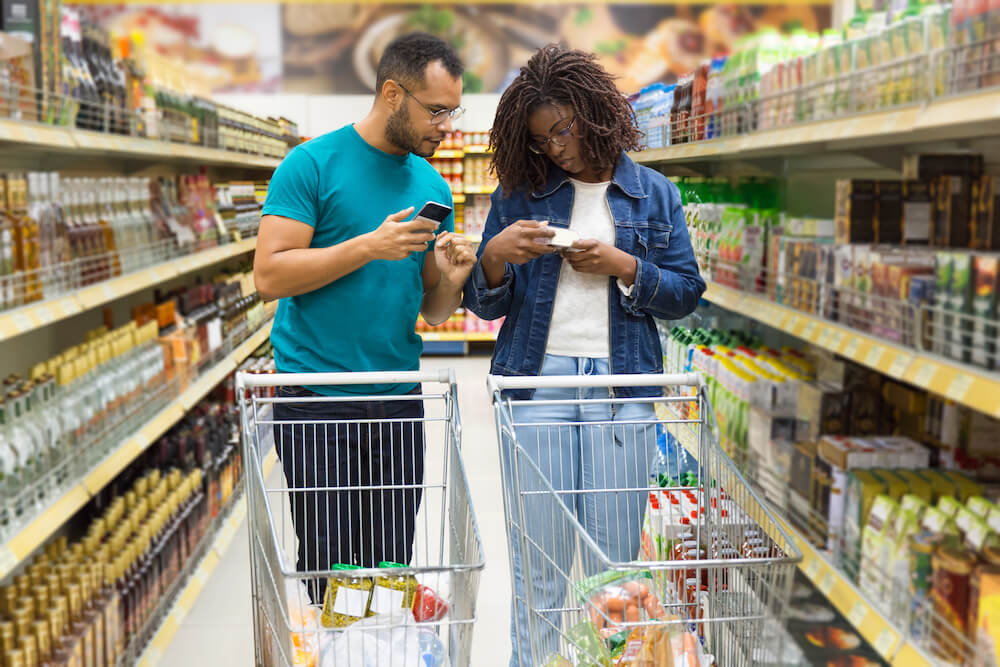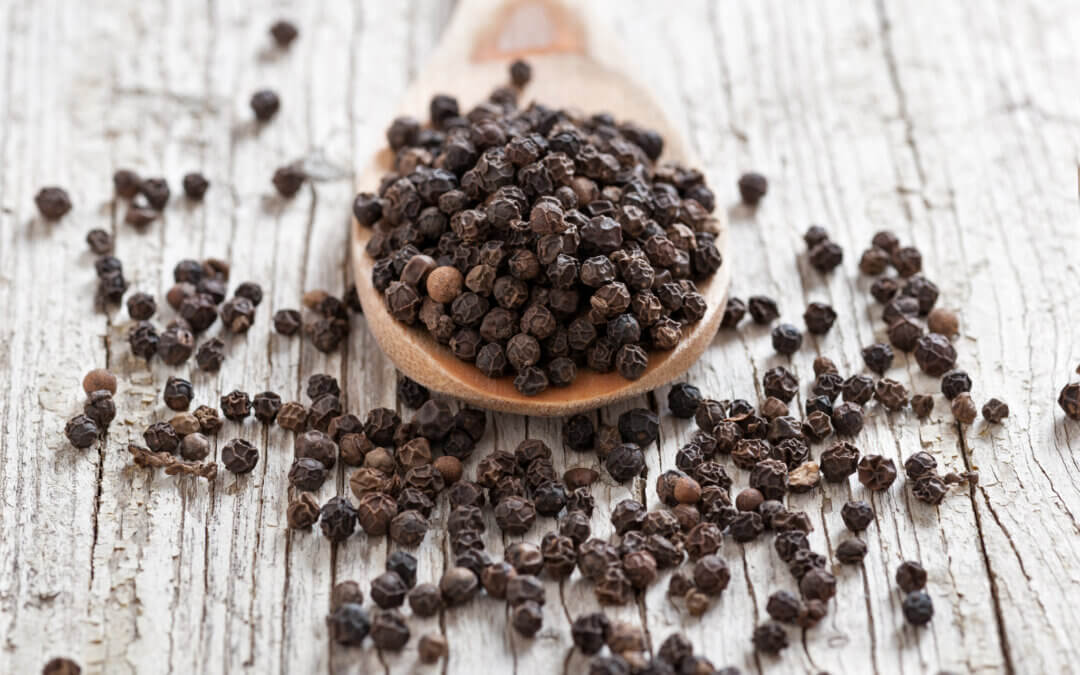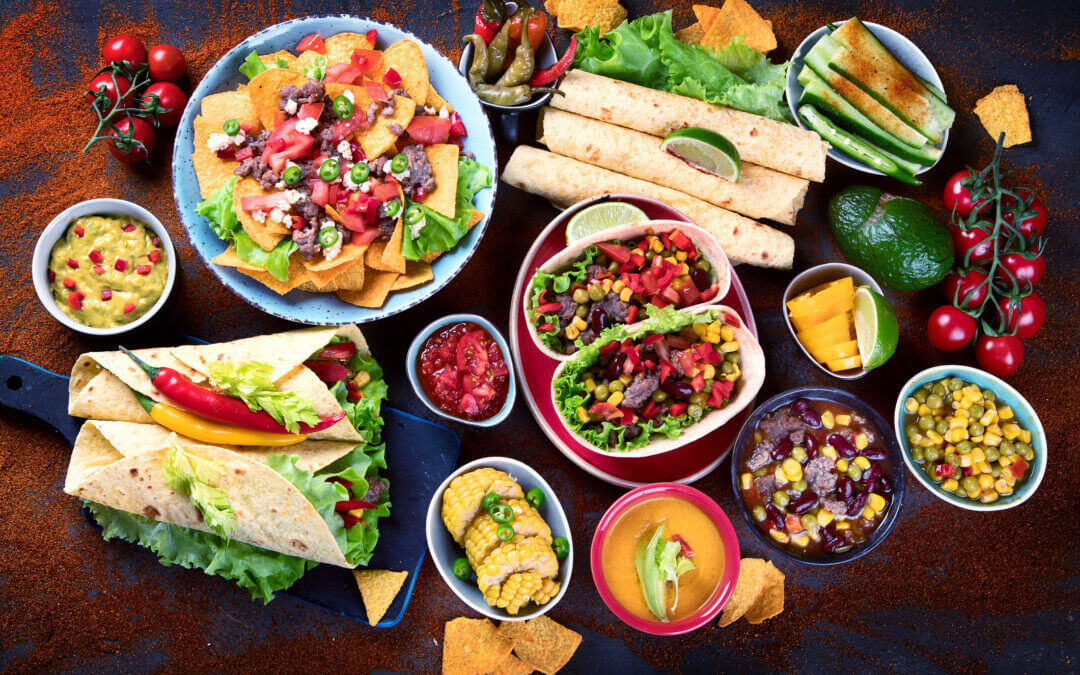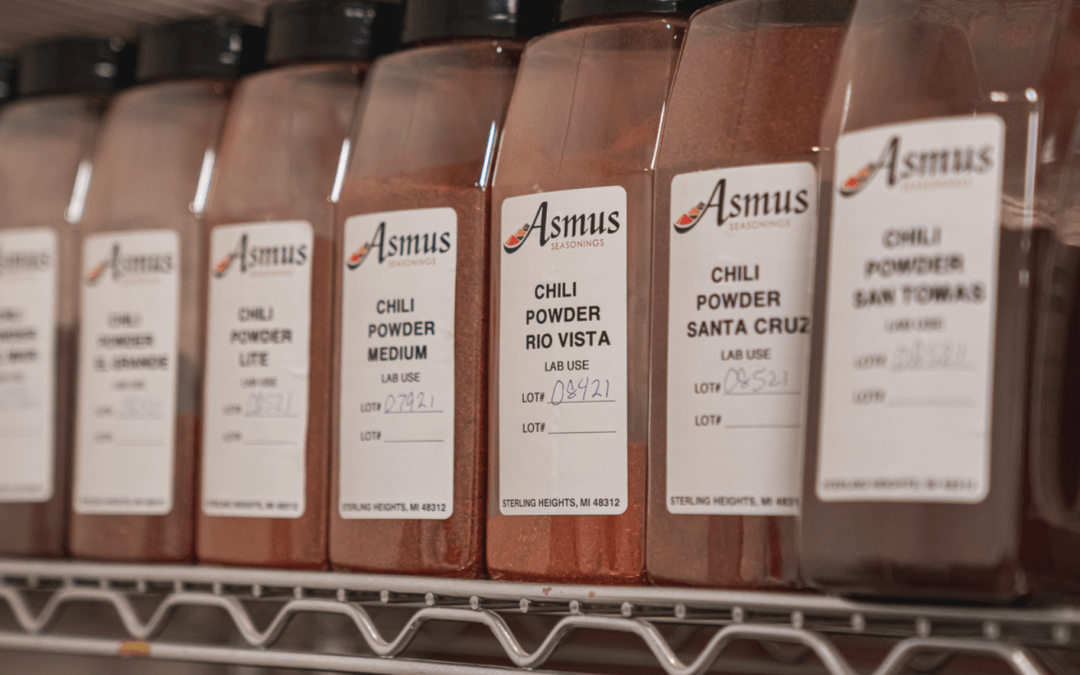Clean Labels.
Sounds like the definition of what the tag on the back of your shirt is, once it comes back from the dry cleaners.
But to food manufacturers and hundreds of thousands of savvy consumers across America, a “Clean Label” means something entirely different.
And it’s significant.
Exactly what IS a Clean Label?

Honestly, it’s an ever-evolving definition. Especially as the Clean Label advocates become more conscious about nutrition, and the negative health effects that certain “artificial additives” might bring their way.
Their mission is to enjoy a healthy, all-natural, sustainable diet, free of “questionable” ingredients.
Unfortunately, regardless of any ingredient’s importance and safety, (as we currently know it), words that are hard to pronounce or seems “chemical” or are technically complicated, are sometimes treated like a bad thing.
E-300 for example… (that’s “Chem-speak” for vitamin C).
Ironically, food companies are legally required to use these technical terms. Unfortunately, they don’t easily translate to the average person standing in aisle 17 in a busy grocery store.
Studies suggest that people are paying more attention to what their favorite foods are made of.

A 2016 survey of 1,300 consumers in Europe, North America, and Asia, conducted by AOCS (American Oil & Chemical Society) found that 76% of respondents would be more likely to buy a product that contains ingredients they recognize and trust.
In addition, more than 52% of respondents would be willing to spend more than 10% extra for products containing these ingredients.
Consumers in the United States were willing to pay the highest prices, with 44% willing to pay 75% or more extra for ingredients they recognize and trust.
http://tinyurl.com/cleanlabelsurvey
Many consumers definitely think it’s worth it.
Furthermore, research conducted in June 2021 by the International Food Information Council (IFIC) on adults over the age of 18 showed that nearly two in three respondents say that ingredients have at least a moderate influence on their food and beverage purchases, and that when shopping, consumers consult on-package ingredient information far more than online sources or asking personal contacts
“Organic” is ahead of the game. There are many USDA laws already on the books which define and govern what organic is in the US. Organics are definitely part of the conversation but are only a “preferred” component of what’s considered a Clean Label by most people.
Clean Label is headed in that direction. It does however have an identity crisis because terms such as “all-natural”, healthy, “wholesome”, “better for you” and (wait for it…) “non-artificial”, create not-so-artificial confusion among avid label readers.
At this moment, the term Clean Label is not clearly defined or regulated by any organization or by any department at any government level. Whether county, state or federal.
Clean Labels, rather, are a consumer driven “want” that is slowly impacting what customers are willing to buy at the grocery store.
Of course, as expected, this trend has caught the attention of food manufactures and food service providers, which, has in turn led to some of them removing synthetic additives, flavors, colorants from their products while replacing them with more “natural” ingredients.
It’s a business thing.
But it’s a movement to pay attention to, i.e., follow the money.
Of course, manufacturers are still playing catch up. While consumers certainly appreciate more “natural” ingredients in their favorite foods, they are less tolerant of mixes that cake up in their package, have considerably less shelf life, tend to mold, or cost more.
As a result, finding suitable alternative ingredients takes research, which of course, takes time.
So, what is a Clean Label ingredient?
This is still being debated because the term Clean to some means something different to others and frankly, it’s what’s at the core of the debate.
Does Clean also mean healthy? What about refined sugar? Hydrogenated fat? How about Genetically Modified Organisms (GMO)?
As both consumers and industry shape that future definition of what a Clean Label is, one thing is rather clear.
Customers want ingredient statements that they can understand, reduce or eliminate “chemicals and additives” and are as wholesome and “natural” as possible.
How can Asmus help you create a cleaner label?
At Asmus Seasonings, we always ask our customers if they would like their existing recipes re-formulated in order to create a cleaner label for their customers.
If the answer is yes, we first analyze your recipes, identify the opportunities, then make suggestions on how you can reduce or eliminate unnecessary chemicals, additives and allergens such as soy and gluten-based products.
New versions are then tested, sampled and presented for final approval.
As our customers already know, Asmus prides itself as a solutions company. And we offer these solutions because we see follow the latest consumer trends, and the industry needs that come with it.
The “Clean Labels” movement is indeed making a noticeable impact on consumer buying and dining habits.
If you’re ready to jump on board or would like more information, we’d love to work with you to find the solutions that best suit your business needs.Clean




